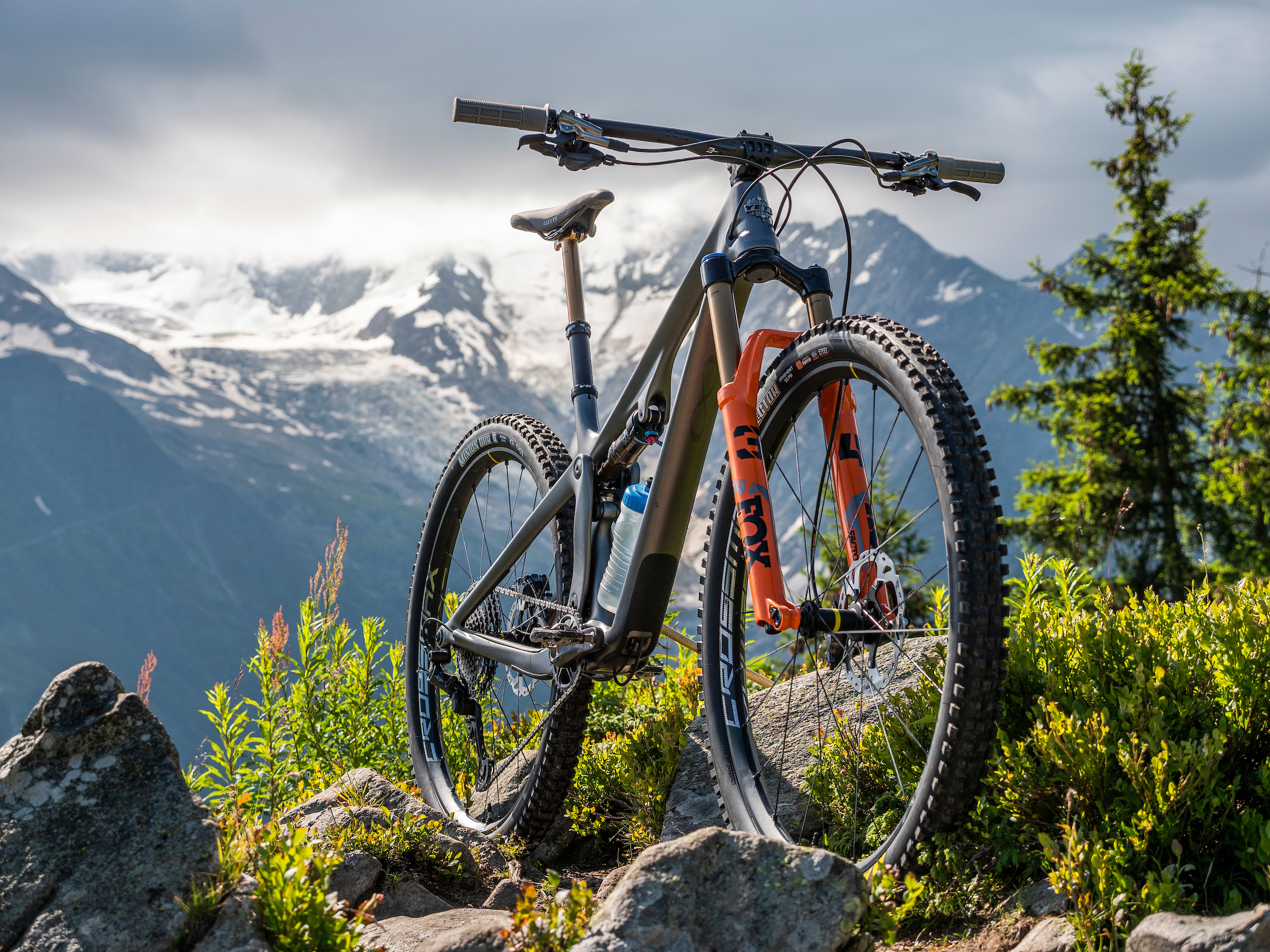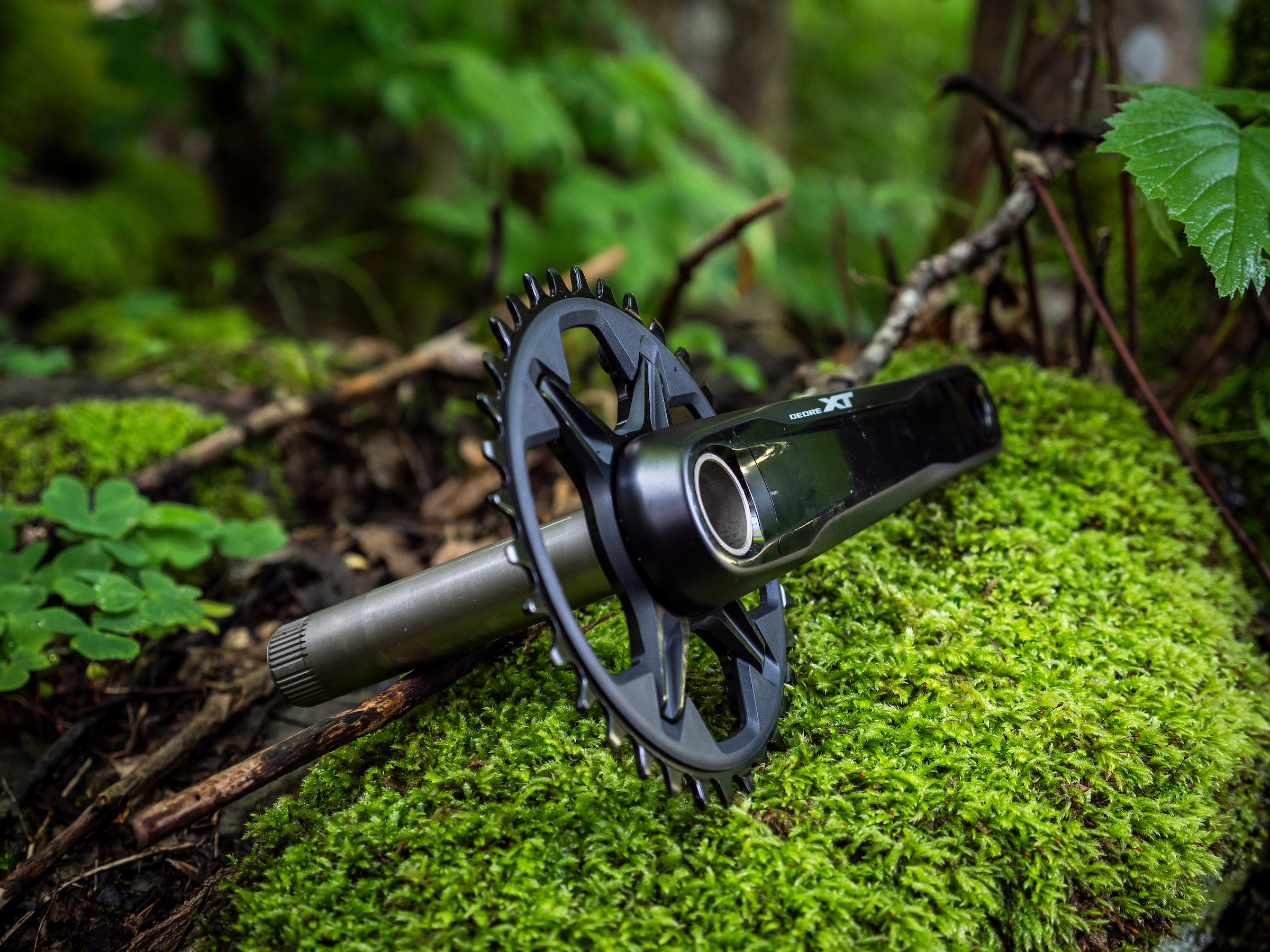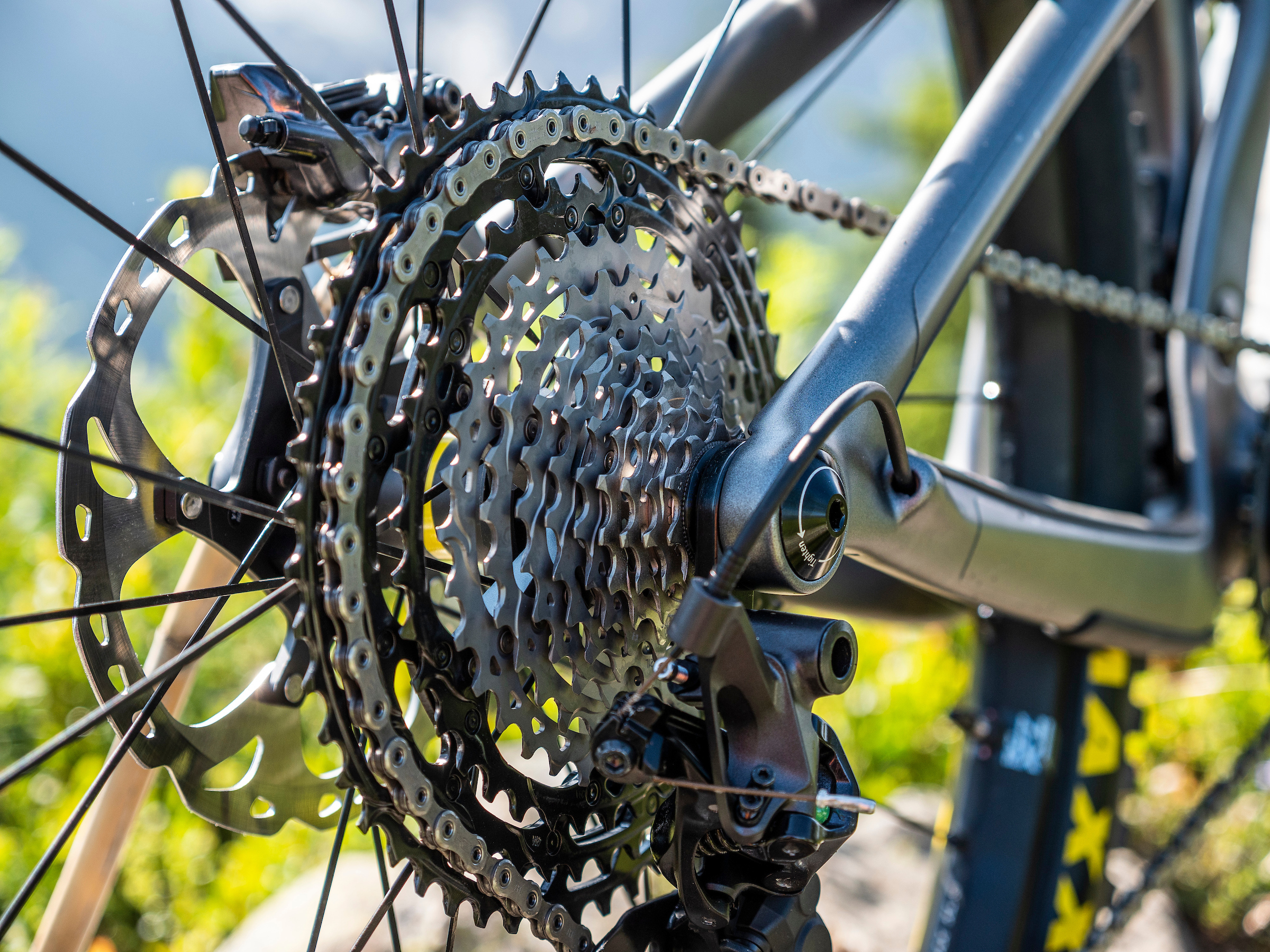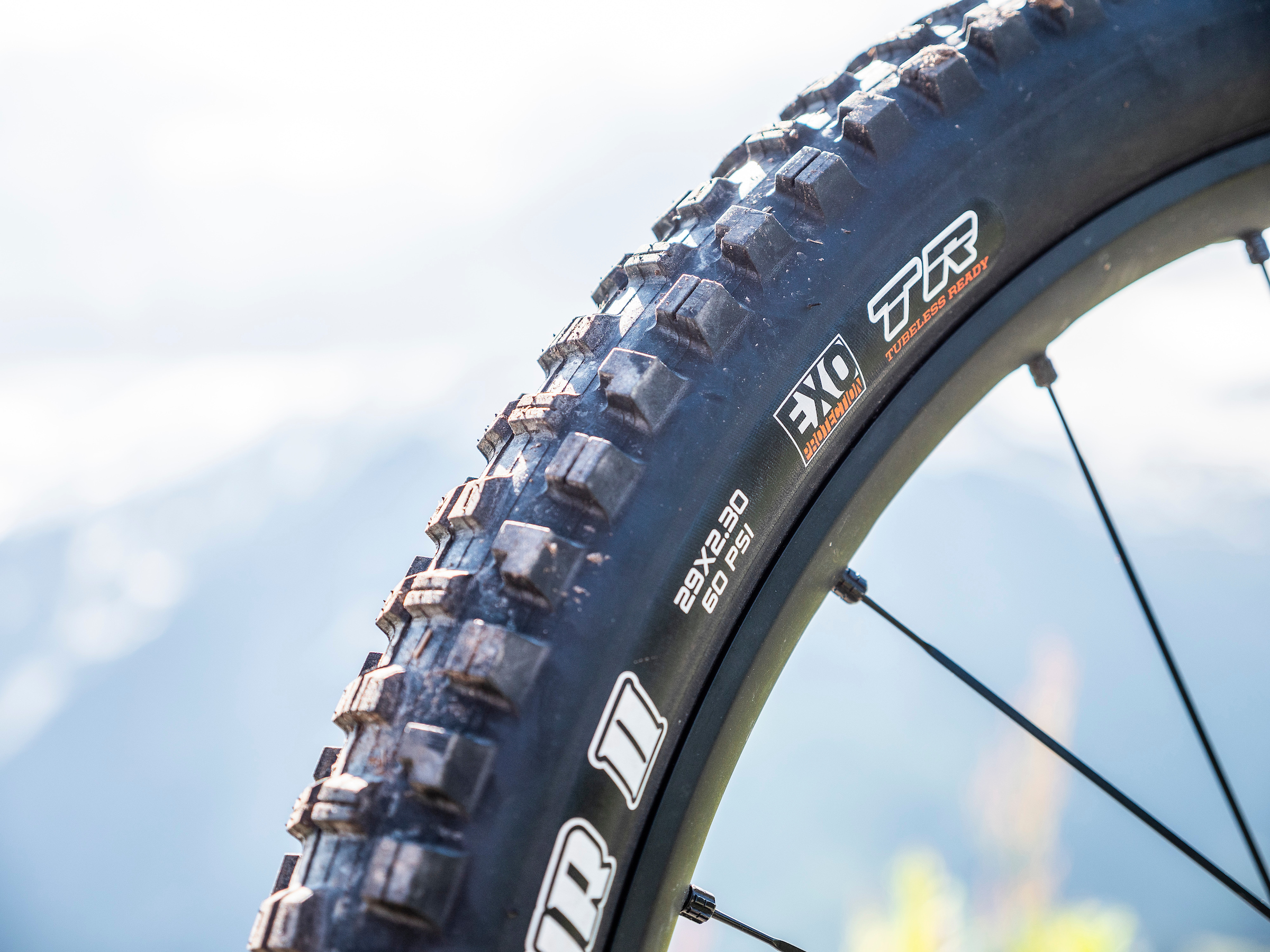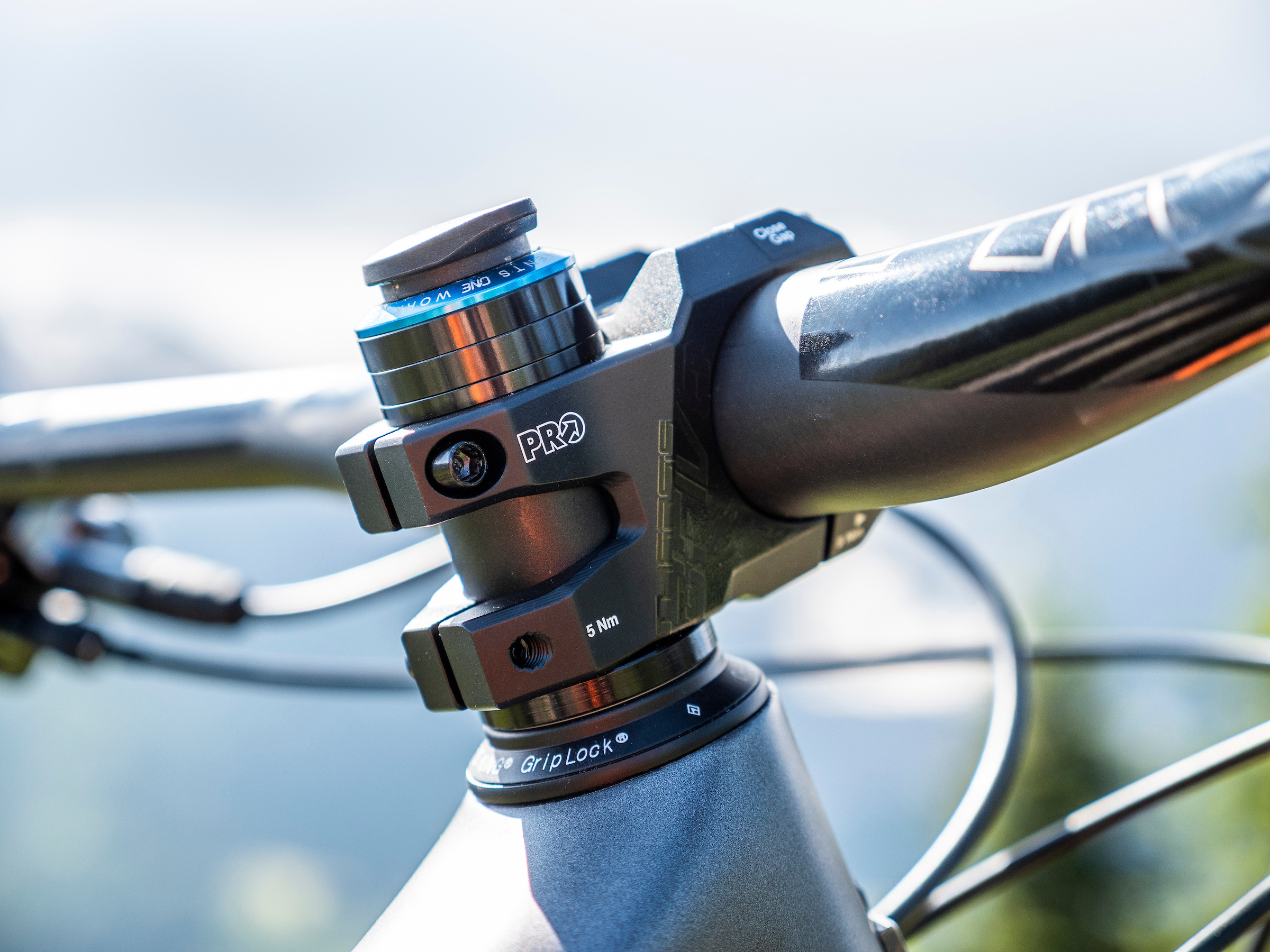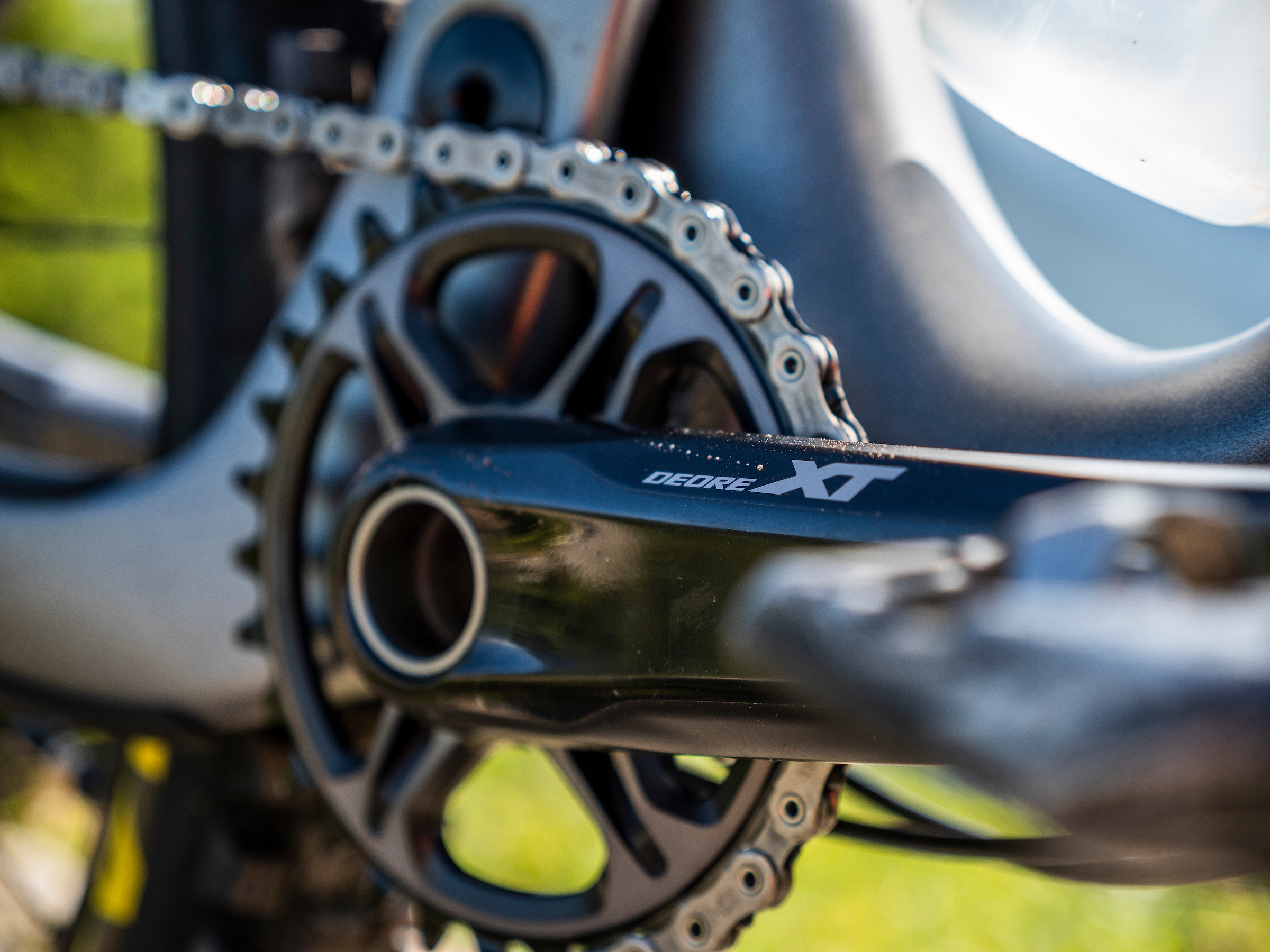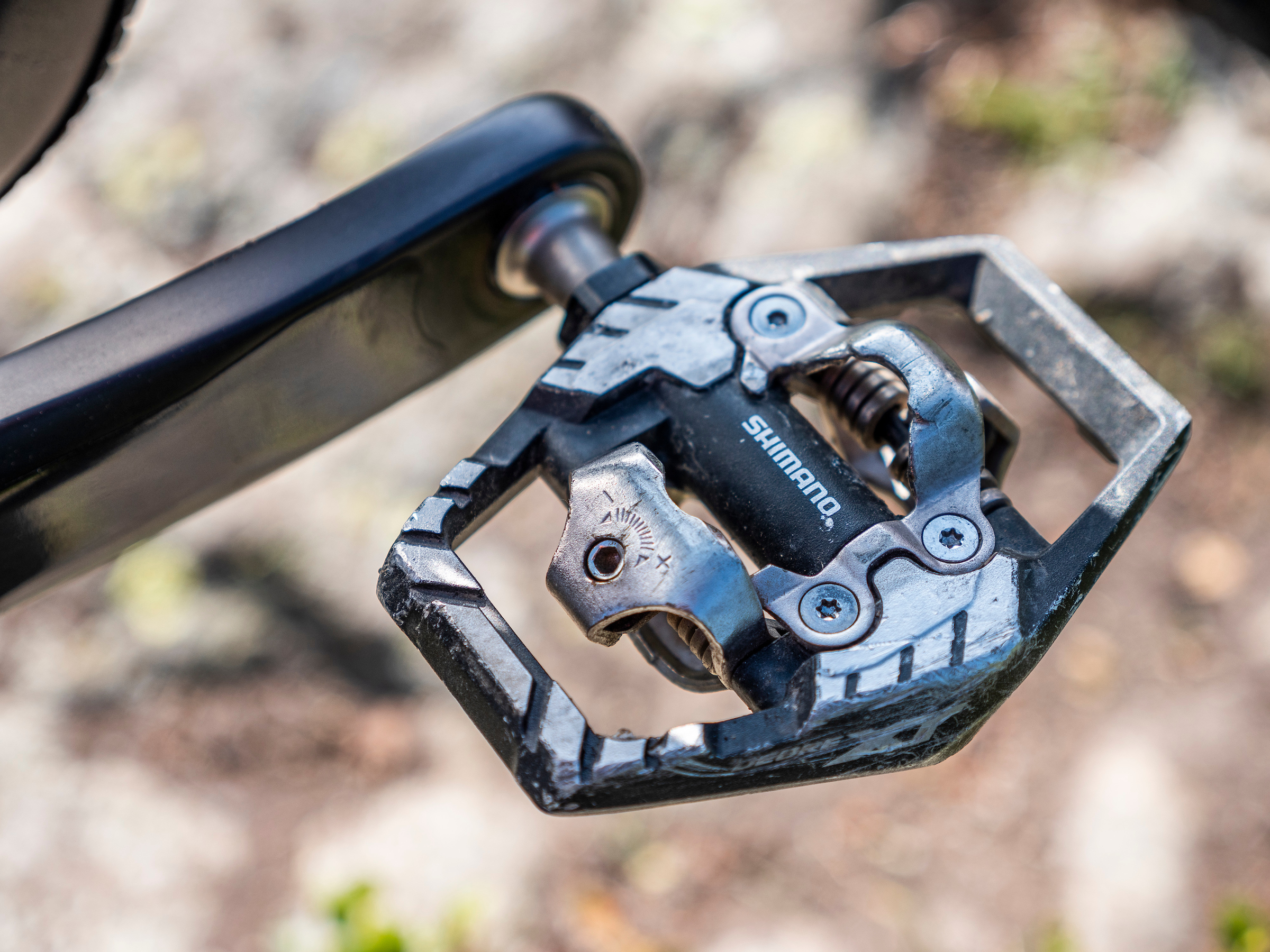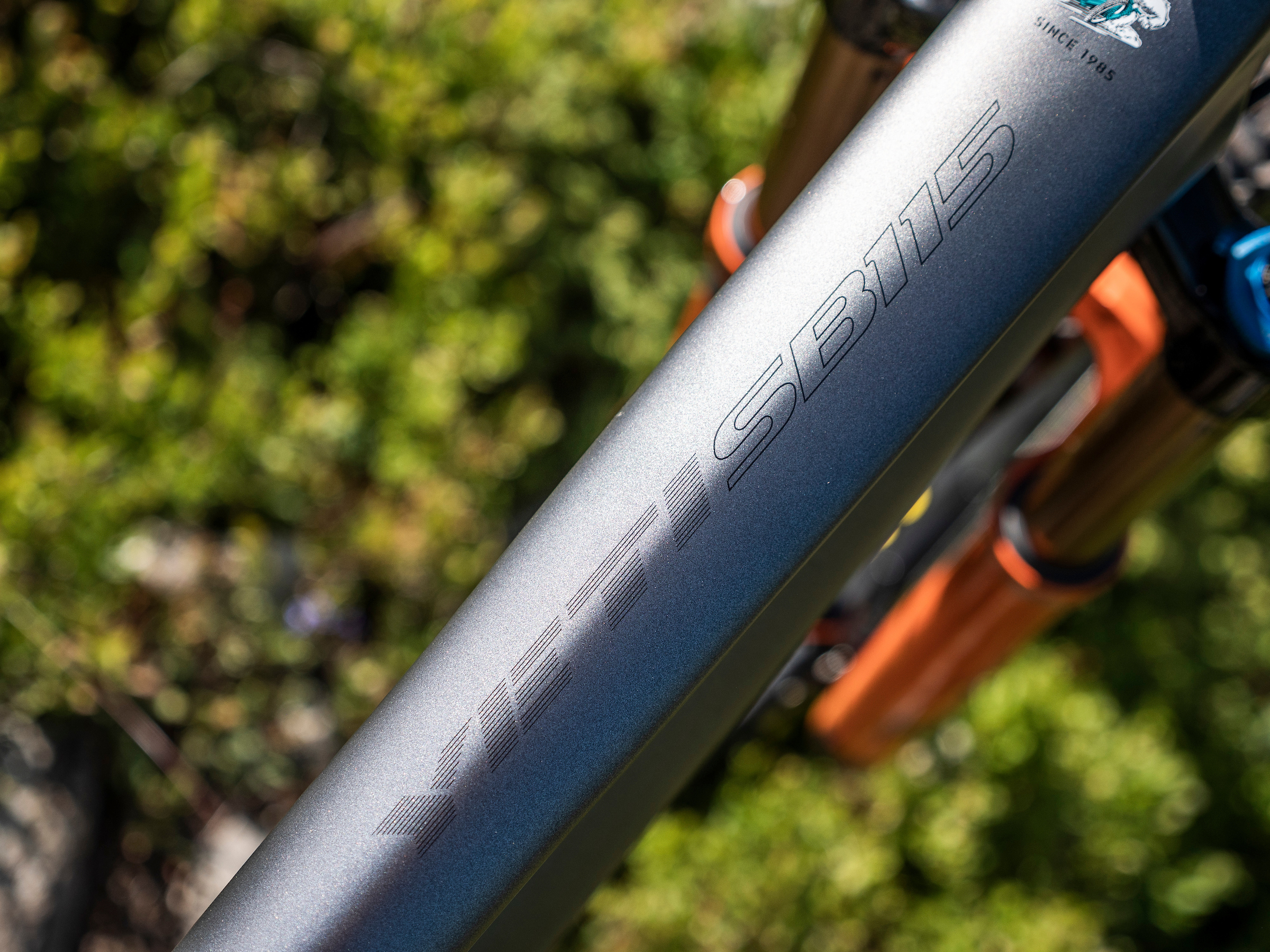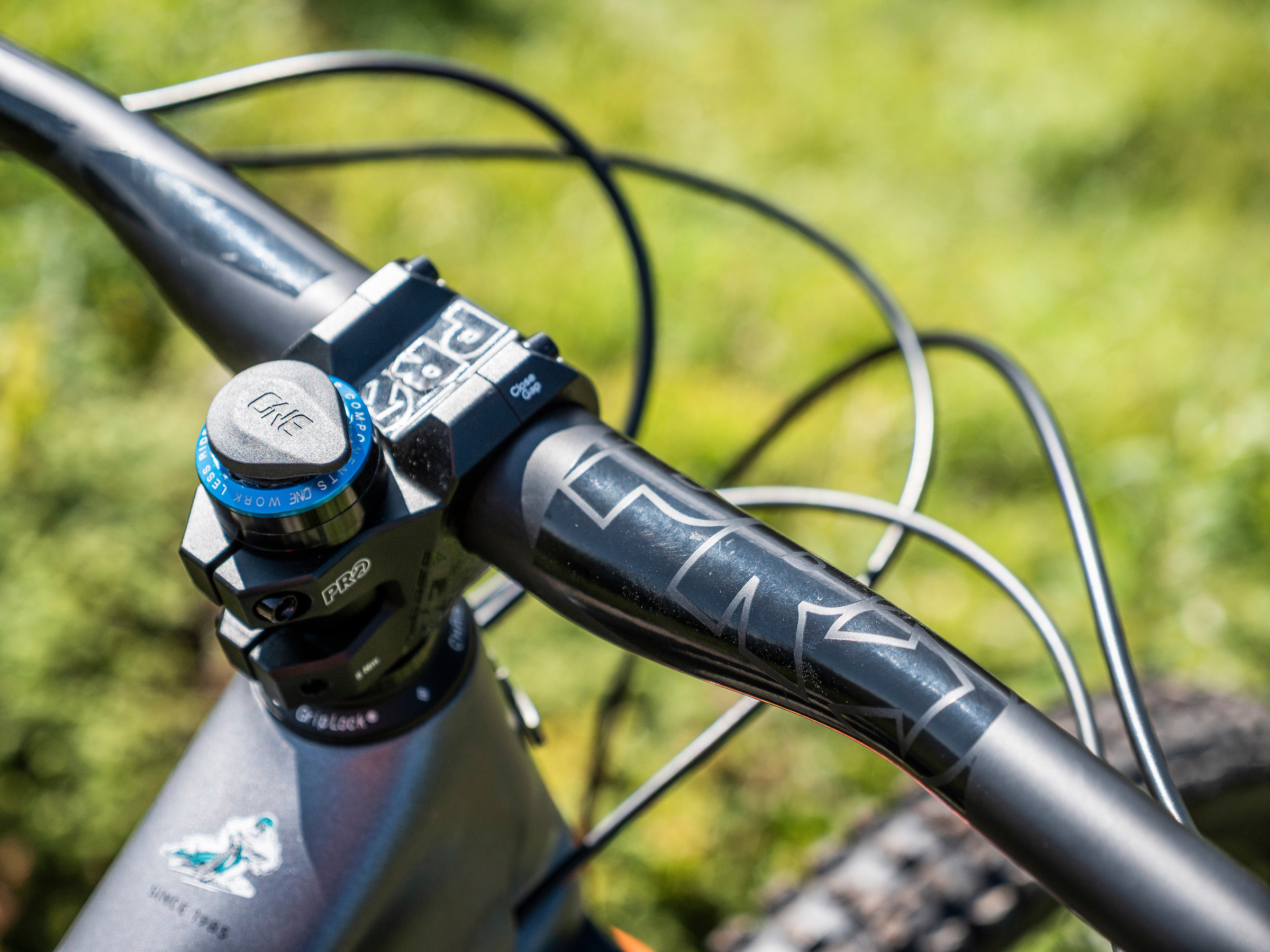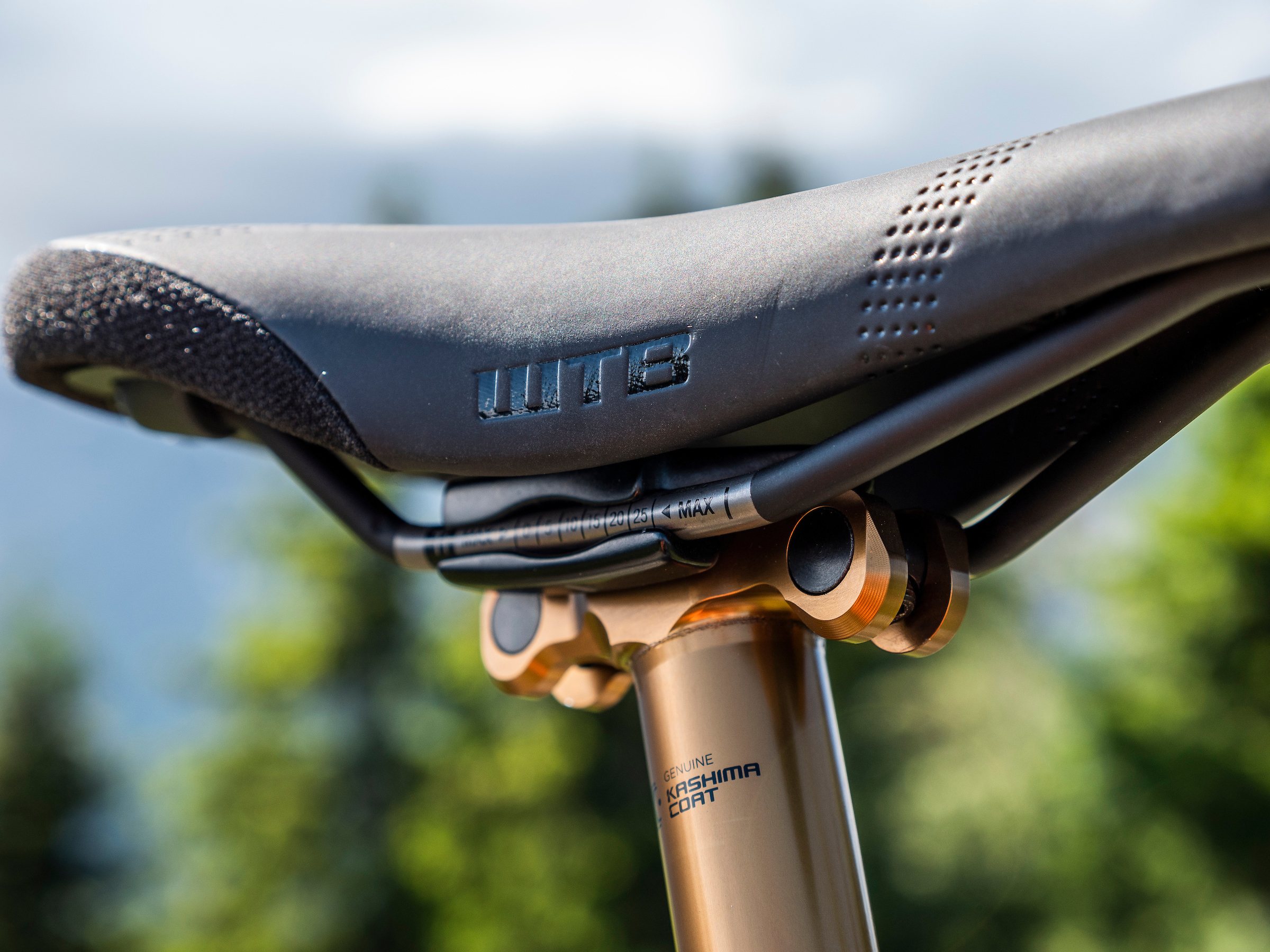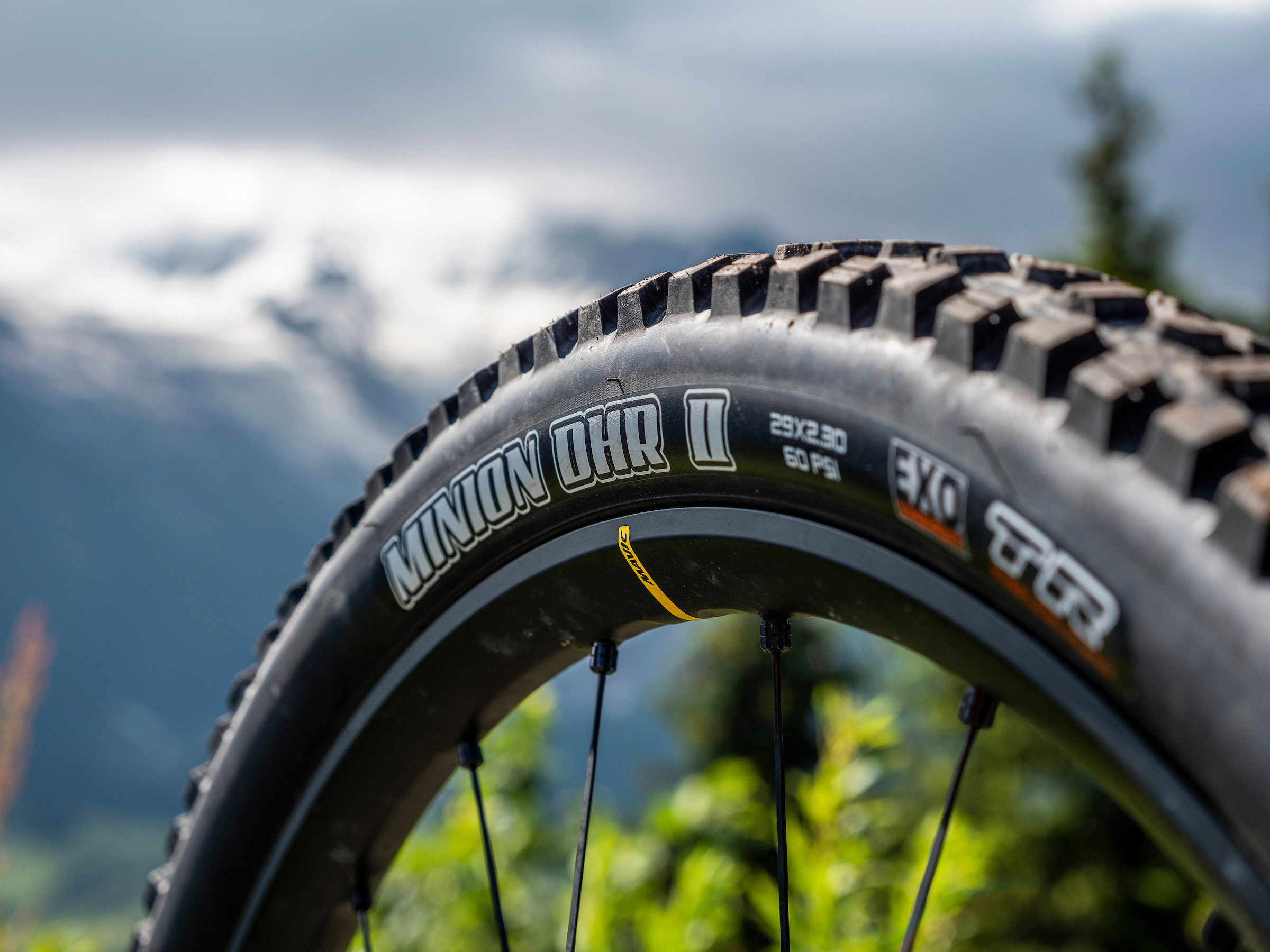Photographer, world adventurer and all round nice guy, Dan Milner (not to be confused with the editor of another mountain bike magazine) has put together what he is calling a ‘Klunker Re-Imagined’. Before all the retro-purists rush out to buy more pitchforks, give him a chance to explain his reasoning.
Dan reckons that our pursuit of ‘bigger, slacker, faster, more’ has made bikes heavy and sluggish. There needs to be a return to do it all bikes that can still take on it all…
Take it away Dan!
In what seems almost another world now, there were the first mountain bikes. Big and heavy, these modified cruisers catapulted Californian beatnicks down dusty fireroads, leaving shreds of skin in their wake. This gravity-grabbing episode is well documented, but less so is how these Klunkers also opened up a new world of bike adventure — riding trails further into the hills of Marin and Crested Butte than hiking boots could triumph.
Let’s start by watching Dan’s video all about it. Dodgy US accent; model’s own.
The original Klunker launched mountain bike adventure, but the adventure genre today has a problem: our bikes are getting heavier, again. Plush suspension, a huge 510% gear range cassettes, dropper posts and phenomenal stopping power now render the most technically challenging, burliest trails into grin-popping playgrounds, up and down. Ever longer and increasingly slacker, enduro bikes can eat everything the hill throws them, but this unparalleled trail-taming ability comes with a weight penalty. Wider bars, fatter rims, thicker forks, heavier tyres and inserts, and extra carbon layers have added weight —and that weight is no friend during multi-day adventures, when you’re hauling yourself up a steep mountainside in search of far-flung rewards.

I’m no stranger to such hauling, having heaved my bike over countless lung-punishingly high peaks in remote corners of the planet —from Afghanistan to North Korea— searching for unknowns and endless singletrack. Despite popular opinions that fretting about bike weight is a fad for XC racers, I know how heavy a bike can feel after hours of having it on my back or days spent pedalling up a seemingly never ending climb, so the dream of building a lighter but uncompromised expedition-capable bike has long been playing on my mind.
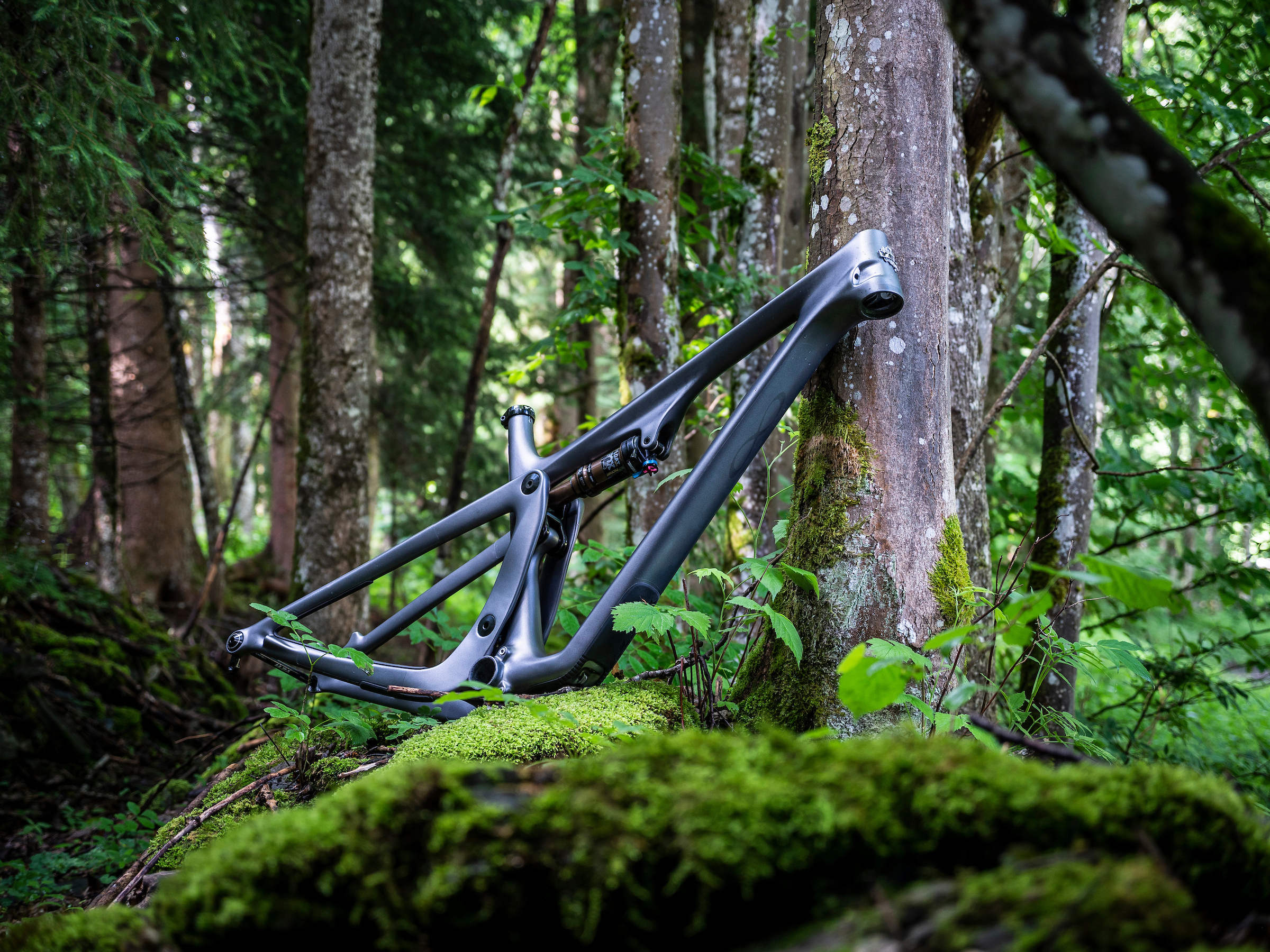
Enter the K.L.UNK.E.R re-imagined: as in the Kwickest-Lightest-UNKompromised-Expedition-Rig I could build. (Geddit?) The target was a bike that, while giving a respectful nod towards the adventurous frankenbike Klunker builds of old, would be lighter than my everyday enduro trail-slayer, but one that I could still ride how I wanted to, down any trail my adventures led me without fretting about durability or reliability. After all if you’re going to take a bike to the ends of the earth, then you’d best make it back again to share the tale and enjoy the ride. So I looked hard at bike components for my klunker that, in my experience, had proven trustworthy in the butt-end of nowhere a long way from home or a bike shop, and reached for the scales to see where I could trim off the enduro-girth.
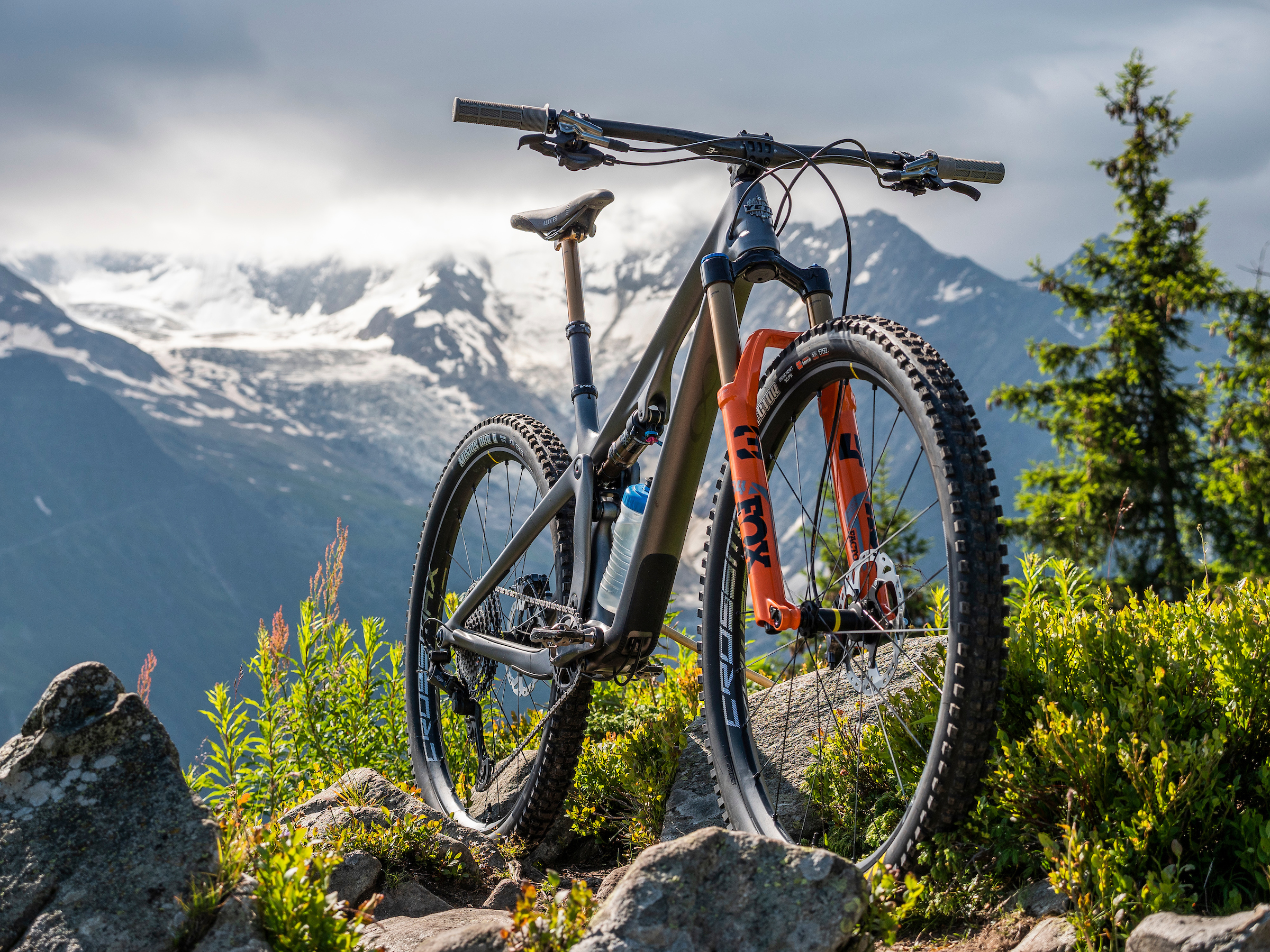
With any component choice there’s a balance to be found between overall lighter weight and durability and cost (remember the adage, “Cheap, Strong, Light: choose any two”?), and so inevitably there are lighter, more salubrious and even purple-anodised alternatives available; these might be head turning super-bike choices for some, but they’re not the kind of kit I’d trust with my survival on remote expeditions.
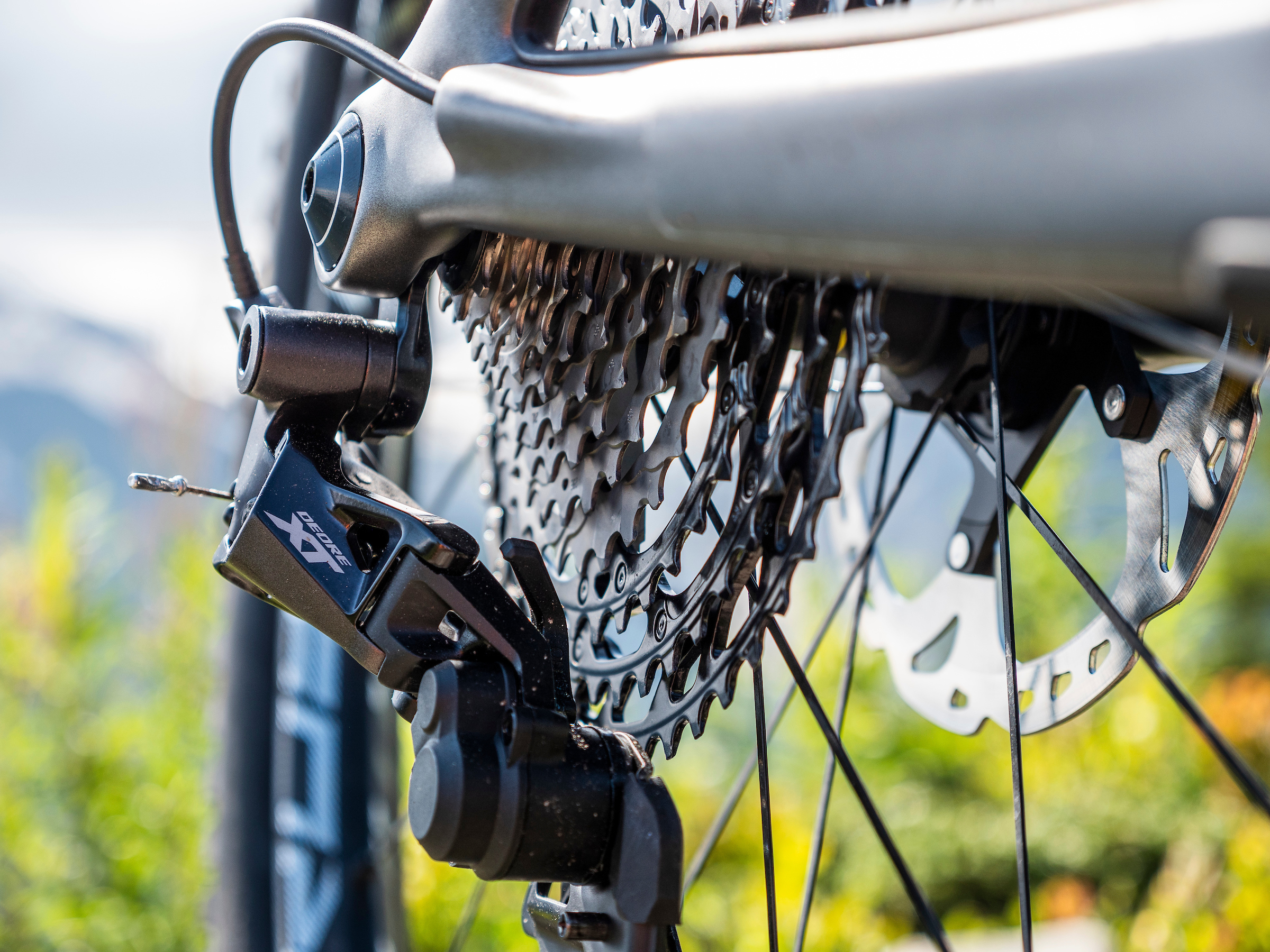
Geeky as it might be, weighing all my selected components pre-build (I do the same with camera kit), gave me a better idea of where that weight is coming from, and the results were eye-opening (including a few interesting deviations from manufacturers factory listed spec weights) but the end result proved that it’s actually pretty easy to shed a couple of kilos from your enduro bike spec while still retaining most of its trail-taming abilities, and without venturing off-piste into the kind of hard to find exotic component territory that’s populated by beardwax and loansharks either. The result of my Klunker re-imagining came in at a very adventure-friendly 13.2kg.
So if you’re aiming for your own ultimate adventure bike build, here are a few places to start (spoiler alert: it gets pretty nerdy).
- Frame: I built the KLUNKER around Yeti’s ‘downcountry’ SB115, a very capable trail bike that can master much burlier terrain than its ‘short travel’ tag implies. With a 67.5-degree head angle it’s not the slackest bike out there by today’s standards, but that means it handles comfortably both up and down, even when you’re tired and exhausted —exactly moments when you won’t want to wrestle a handful of long geometry. Its full carbon build keeps the weight down to a svelte 2750g and a lifetime warranty means you can trust it to take the abuse.
- Forks: Slimmer stanchioned trail forks help reduce weight, and the stiff, reliable Fox Factory 34 has proven plenty capable of expedition duties without the 200g extra weight of its burlier all-mountain 36 sibling on my enduro bike. I upped the travel to 140mm from the SB115’s factory 130mm spec, which also slackened the bike’s headangle by 0.5 degree to 67. Its Grip2 damper is heavier than a FIT4 internals, but I like that it’s hugely tuneable.
- Drivetrain: 1×12 speed Shimano XT is my standard go-to for wilderness reliability, having never let me down, but for the KLUNKER I swapped in an XTR cassette and chainring, skimming 93g and 30g off the XT equivalents respectively. It doesn’t sound a lot, but it all adds up in the build. The massive range of a 10-51T cassette combined with a 30T chainring up front delivers as low a gear as I usually need for grinding up the steepest, longest climbs at altitude, though I’d throw on a 28T for really high altitude endeavours.
- Brakes: While you could save 20 grams each with 2-piston calipers, I‘m hooked on the immense stopping power of the 4-piston XT M8120 brakes, which in turn lets me run smaller 180mm rotors (31g lighter than 203mm) without fade issues even on huge descents. The KLUNKER blends XT calipers with XTR levers to shed another few grams too.
- Wheels: Due to rotational weights, wheels are the most important place to save weight on a bike but I still choose aluminium rather than carbon rims for remote expeditions as they tend to dent rather than completely fail if the worst happens. Fewer spokes and the narrower rims found on trail and XC wheels can help nudge wheels weights towards an adventure-friendly 1800g or below, and lighter, more nimble riders could even reach for sub-1700g wheelsets if they have pockets deep enough. Meanwhile wider rims, like on the Mavic XL S I spec’d or Shimano’s XT M8120TL, despite being heavier, give better support to wider tyres and push towards all-mountain resilience —something to consider if your adventure heads into very chunky terrain or you’re a heavy hitting rider.
- Tyres: Many people overlook the weight of tyres, but the unsuspended rotating mass of the rubber hoops you spec’ are an important consideration. Trail tyre weights range from 700g to 1300g depending on tread, compounds and sidewall construction, and can even vary greatly between different samples of the same tyre. I choose aggressive tread, high volume tyres to deal with any unknowns ahead, but try to keep the weights down to around 900g. I’m a light rider and so opt for a softer compound but lighter sidewall Maxxis Dissector 2.4 up front, paired with a stronger sidewall, firmer compound Maxxis DHR II 2.35” rear. Both are set up tubeless with sealant.
- Contact Points: The cockpit is perhaps a less vital place to shed weight, but it’s one of the easiest. Swapping aluminium for carbon bars, like the 195g Pro Tharsis Three-Five can easily save 150g over aluminium bars, and choosing a higher end CNC machined stem can easily loose another 50g against cast or forged stems without any compromise. If you can get away with it, then a shorter travel dropper post can shed as much 220g if you choose a new superlight 100mm over a regular 150mm post, but when I’ve paid for a big Himalayan descent with a long hike-a-bike, I want to throw the bike around and really enjoy the descent, so a longer 150mm dropper gets my vote. Saddles too can vary enormously in weight —as much as 200g depending on padding material and rails. Titanium or hollow Cro-Mo rails with shell-cut outs and thinner padding can drive your saddle weight down to a decent 200g while still giving all-day comfort. Foam or cork grips can trim some fat too, but I know from experience that grips get a beating on trips —smashed against rocks, strapped to bus roof-racks, nibbled by yaks, and grabbed by a thousand sticky hands of inquisitive kids— and DMR’s Deathgrips just seem to take it all in their stride.
- Pedals: A minimal XC clipless race pedal will help lighten the bike, but I prefer the versatility and sure-footed re-assurance of a bigger platform boasted by the XT M8120, that lets me roll into trails unclipped if needed, at a penalty of just 98g more for the pair.
- Headset: I’ve never ever had a problem with a Chris King headset, and that seems to be good enough reason, albeit at a price, for why they come with me on all my adventures.
Of course each rider will decide for themselves exactly which tweaks and swaps work best for them —according to their physical build, their style of riding, where their adventure is taking them, and their budget, but aiming for a lighter but uncompromised trail bike is never going to be a mistake on any remote adventure; take it from me: it’s something you learn the hard way.
Enjoy the ride.
K.L.UNK.E.R. Full Spec:
- Frame: Yeti SB115 Turq (Medium) 2750g
- Fork: 2021 Fox Factory 29 140mm 2029g (1989g after cutting steerer to length)
- Chainset: Shimano XT M8120, with XTR 30T chainring 595g
- Bottom Bracket: Shimano XT PF92 56g
- Cassette: Shimano XTR 12 speed 10-51t 377g
- Chain: Shimano XT 12 speed 283g (cut to 120 links)
- Rear Derailleur: Shimano XT 12 speed M8120 282g
- Shifter: Shimano XT 12 speed 135g
- Brakes: Shimano XT M8120 with XTR levers 272g (F) 289g (R)
- Rotors: Shimano XT 180mm Icetech 6 hole 130g ea.
- Wheels: Mavic Crossmax 29 XL S 1919g (1870g listed)
- Tyres: Maxxis DHR II 2.35 (rear) 889g Maxxis Dissector 2.4 (front) 855g
- Bars: Pro Tharsis Thirty-Five 800mm carbon 195g
- Stem: Pro Tharsis Thirty-Five 35mm 143g
- Seatpost: Fox Transfer 30.9 150mm 568g
- Seat: WTB Silverado Titanium 213g
- Pedals: Shimano XT8120 SPD 430g
- Headset: Chris King Inset 106g
- Grips: DMR Deathgrip thin soft 102g
- Waterbottle: Fabric cageless 69g
- Tool: Oneup EDC 103g
- Total Klunker Bike weight: 13.2 Kg
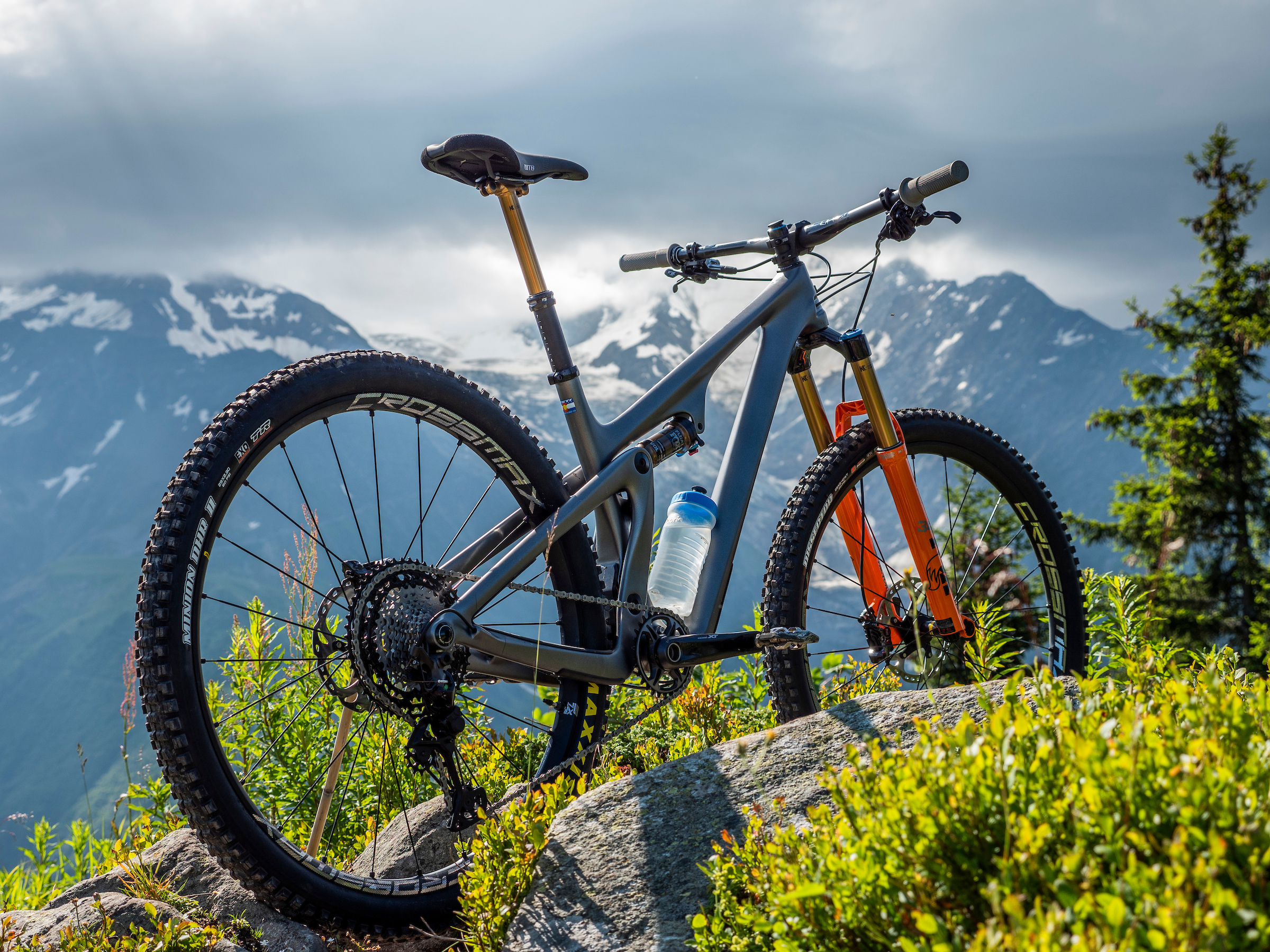
Pro photographer and Shimano ambassador Dan Milner has been exploring remote places on his mountain bike for three decades. His ambitious search for trails has led him through places as diverse as North Korea, Kyrgyzstan, Nepal, Afghanistan, Ethiopia and Patagonia’s sub-Antarctic islands. Check him out at danmilner.com





